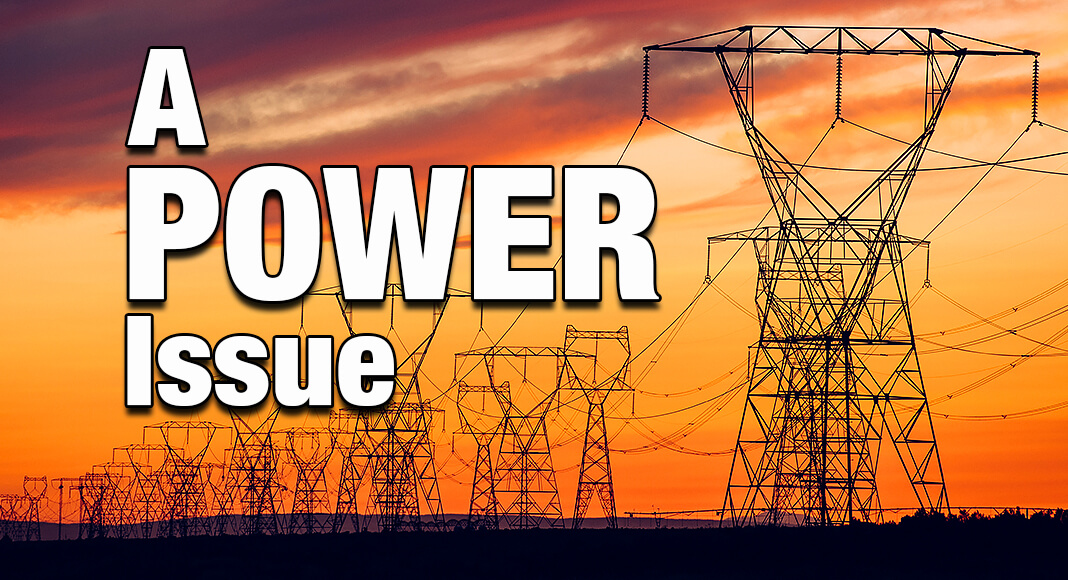
Texas Border Business
The dynamic Texas economy and its growing population (and hot summers) require increases in electric generation and transmission capacity well beyond what was expected even a few years ago. Basic patterns of business expansion have been in place for decades. However, there are profound and unanticipated changes underway which are shifting power demand growth into an entirely new gear.
There has recently been a surge in electricity-intensive industries. Data centers supporting remote work, streaming, and now AI need massive megawatts to operate. Crypto mining is another major user. Electrification of cars and other machines further increases demand. Emerging industries, such as Tesla’s gigafactory and LNG facilities across the Gulf Coast, also need a lot. Developments on the horizon to deal with climate issues, such as hydrogen production and carbon capture, will require enormous resources.
The Electric Reliability Council of Texas (ERCOT) manages the flow of power to more than 26 million Texas customers (about 90% of the total state load) and is fully aware of what’s coming. During the past legislative session, changes were implemented enabling ERCOT to consider additions to grid requirements that are known to be coming. Previously, until new customers were added, the related increase in power needs couldn’t be counted.
New planning documents project an additional 40 gigawatts (GW) of load growth by 2030 compared to the prior year’s forecast. For context, ERCOT’s all-time peak demand was just over 85 GW on a broiling day in August 2023. The impetus for this staggering upward movement is significant increases in large loads being considered (crypto mining, hydrogen and hydrogen-related manufacturing, data centers supporting AI, and greater electrification).
Obviously, Texas will need both generation and transmission capacity – and fast! Currently, ERCOT has 1,775 active generation interconnection requests totaling 346 GW planned for the next few years, including 155 GW of solar, 35 GW of wind, 15 GW of gas, and 141 GW facilitated by battery capacity. Benefits of this diversity of sources are that they can be built faster and with more location options. However, given that 190 GW is dependent on wind or sun, the batteries (as well as additional gas-fired capacity) will be crucial in the dog days of summer. It will necessitate an “all of the above” approach, and policy should accommodate all types of power resources.
It typically takes 3-5 years to plan, permit, and build transmission lines in Texas, which is about half the time needed in many areas (but challenging nonetheless). With current expectations, these projects must receive priority status.
Texas no doubt faces a daunting task, but the seeds of a solution are present. Acknowledging the scope of the effort is the first step – now the work begins. Stay safe!
_____________________________
Dr. M. Ray Perryman is President and Chief Executive Officer of The Perryman Group (www.perrymangroup.com), which has served the needs of over 3,000 clients over the past four decades.

















